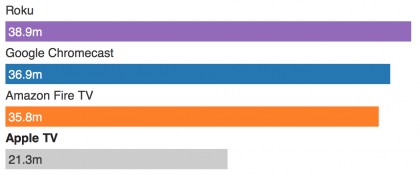This is not frivolous opinion. There is a lot of detail on both the tools used to measure things like “Fletcher-Munson loudness compensation”, and the measurements themselves.
From the conclusion:
The Look and feel is top notch. The glass on top is sort of frosted, but is smooth to the touch. When I first reviewed the home pod, I noted that it was light. I was comparing it with the heft of my KEF speakers. This thing, as small as it is, weighs 5 lbs. Which is quite dense, and heavy for its size. The Fabric that wraps around it is study, reinforced from inside, and feels very good to the touch.
And:
The Frequency response, Directivity, and ability to correct for the room all go to show that the HomePod is a speaker for the masses. While many of you in this subreddit would be very comfortable doing measurements, and room treatment, there is no denying that most users won’t go through that much trouble, and for those users the HomePod is perfect.
And caveats:
Because of the onboard DSP, you must feed it digital files. So analog input from something like a Phono is out, unless your Phono Preamp has a digital output which can then be fed to the HomePods in realtime via airplay, possibly through a computer. But you cannot give the HomePod analog audio, as the DSP which does all the room correction requires digital input.
And:
Speaking of inputs, you have one choice: AirPlay. which means, unless you’re steeped in the apple ecosystem, it’s really hard to recommend this thing. If you are, it’s a no brainer, whether you’re an audiophile or not.
And:
As a product, the HomePod is also held back by Siri. Almost every review has complained about this, and they’re all right to do so. I’m hoping we see massive improvements to Siri this year at WWDC 2018. There is some great hardware at play, too. What’s truly impressive is that Siri can hear you if you speak in a normal voice, even if the HomePod is playing at full volume. I couldn’t even hear myself say “Hey Siri” over the music, but those directional microphones are really good at picking it up. Even whispers from across the room while I was facing AWAY from the HomePod were flawlessly picked up. The microphones are scary good — I just hope Apple improves Siri to match.
And from the rollup at the top of the post:
am speechless. The HomePod actually sounds better than the KEF X300A. If you’re new to the Audiophile world, KEF is a very well respected and much loved speaker company. I actually deleted my very first measurements and re-checked everything because they were so good, I thought I’d made an error. Apple has managed to extract peak performance from a pint sized speaker, a feat that deserves a standing ovation. The HomePod is 100% an Audiophile grade Speaker.
I don’t have the expertise to speak to the audiophile comments, but everything else in the post clicks for me, jibes with my HomePod experience.
As to the negatives, I think Apple has done a great job of making sure the hardware is top notch. Which means they can fix the software negatives via updates over time.
Me? I absolutely love my HomePod. If you love music, and are willing to pony up for Apple Music, it’s a no-brainer purchase.

